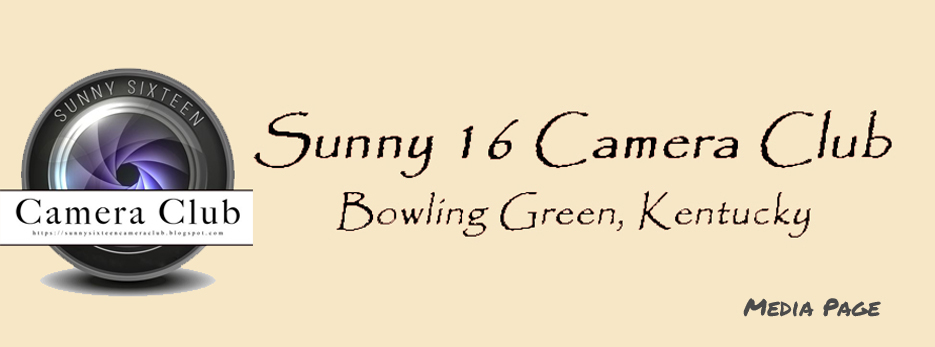Submitted by Keith Bridgman
What makes a good black and white photo? It's not such an easy question to answer because black and white photos encompass a wide variety of subtle and subjective characteristics. Personally I love black and white. Color has its place and can present a powerful mood generating image. However, black and white allows for the removal of the distraction of color to focus more on subject and story. It becomes a graphic representation of what is captured, not an exact reproduction, but something that at once captures the essence of the subject yet allows the creative instincts of the photographer to interpret the story.

Story. I could write 20 articles about the photographic story and still not cover all of it. Story is key in a black and white photograph. It represents what was important to the photographer at that precise moment. It connects what happened before, to the moment now, through to what will happen. It allows the viewer to understand what the image is about. This of course can apply to all forms of photography, but in black and white, story is a must and it should be clear and to the point. Story is told through the composition and the elements within the composition should be kept to a minimum and obtain just enough information to clearly identify the story. Too much clutter confuses the story. Its probably better to have too little than too much. A minimalist approach can often provide a wonderful story. The capture interpretation is up to the photographer and how he / she visualizes the finished image can make or break the image.

There are two examples illustrated here. The first one above is a classic black and white interpretation where bold light and contrast is used to good effect. The second one is much more subtle and softer, yet it retains all the same elements as the first one.
Let's look at those elements. In black and white, contrast is a key component. One thing to keep in mind is that most black and white images will run the range of tonal values from almost completely black to almost completely white with varying degrees of gray tones across the story line. Although these two images are quite different in nature, they still contain a full range of tonal values.

Composition is, as with all photographs, very important. The same principles apply. Things like Rule of Thirds, Point of Interest, and Light all add to the flavor of the black and white image. Look at the top image. Notice how light is used here. Taken at dusk, there was just enough ambient light to capture some background detail without overpowering the image. The light from the candle lantern illuminates the snow that has gathered on top of the small table. Some additional off camera light brings out the detail in the end-woodgrain of the table, and the hatchet handle reflects some of the light provided by the candle lantern. All these things provide separation of the elements within the story. The hatchet provides an action-taken element. The snow identifies time of year. The table offers a rustic flavor. The overall scene tells the story of a winter campsite.
The second image, a mirror image created to represent a reflection, was taken during a morning of heavy fog which almost completely obscured the tree and its surrounding terrain. The exposure turned the background almost white, yet hinted that something was floating around through the subtle nature of the soft gray effect. It's a simple story with soft, subtle elements, yet a very pleasing capture of a moment in time.
So what kinds of subject matter translate well into black and white. Personally, I favor big sky images, especially panoramic big skies. When shot using a polarizer, the contrast of the sky and clouds can be quite dramatic. Care should be taken to retain texture in the clouds when setting up your exposure, and you should always include something of interest in the foreground.
Another of my favorites are dark ominous clouds. These can be tricky to capture, but when captured as a panoramic, they are quite dramatic.
Snow is another great subject for black and white, but it can be tricky to capture. Auto exposures will almost certainly turn a bright white snow gray.
It's just the nature of how the camera's auto exposure is made which wants to move white to a middle tone 18% gray value. Usually, snow requires from +1 to +2 stops of exposure compensation, but this is very subjective and sometimes something less will also work. What to avoid is flat 18% gray or blown out no detail white. It can be tricky and the right combination is often a subtle blend of whites and grays.
 |
| Flat 18% Gray Snow |
 |
| Overexposed Snow |
Most of my black and white photos were converted from color images.
Most of the ones I converted were taken specifically for that purpose. Although post processing is
important when it comes to creating a finished photo, that subject is well outside the intent of this article. I will say I use Silver Effex for my black and white conversion process, but there are numerous Lightroom and PhotoShop black and white conversion software addon's available. Lightroom and PhotoShop alone will do a credible job of creating a black and white conversion.
What makes a good black and white photograph? Well, I've only touched the surface of it here. Hopefully, this will give you some idea of how to approach this amazing form of photography. Thinking in terms of black and white while photographing the world around you can open creative opportunities and contribute a great deal to your photographic enjoyment.










